Research Digest is a periodic installment that recognizes the world-class clinical research performed right here at UNMC ID. Today, we review two articles covering novel antimicrobial efforts or discoveries that may help us better treat different infectious pathologies. As always, check out the linked full articles for more details.
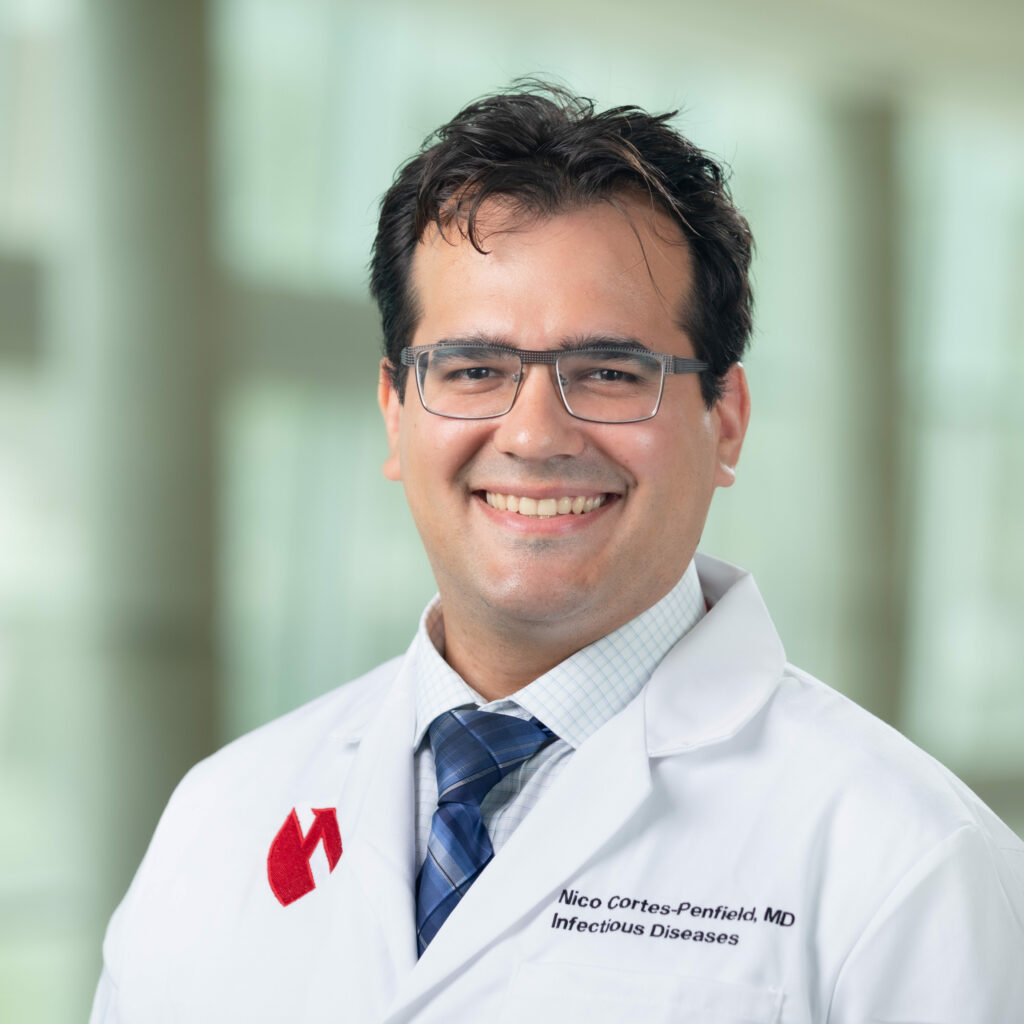
In the first article, Dr. Nicholas Cortes-Penfield and co-authors review evidence for the timing and process of switching from i.v. to oral antibiotic treatments during bone or joint infection. The authors explain that, for the past 50+ years, the medical community has been divided on the best time to transition from the standard post-surgical i.v. antibiotic regimen to a more accessible oral strategy, with regional and global differences in accepted standard of care. The team reviewed 8 randomized control trials and multiple retrospective studies and concluded that no data exists to definitively set a minimum i.v. antibiotic duration post-surgery. That said, a growing body of research supports an early switch to oral antibiotics, in most cases, within a few days following surgery. The authors caution, however, that this approach should be tailored for case-specific factors. Read the full article here.
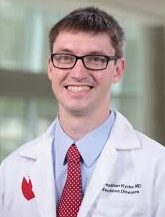
The second article, co-authored by Dr. Jonathan Ryder, Dr. Daniel Brailita, Dr. Mark Rupp, and Dr. Richard Hankins, along with others from the UNMC community, tests whether additional sterilization of catheter connectors is beneficial in reducing the risk of microbial colonization of catheter equipment. Antiseptic-containing port-protecting caps are routinely used to help limit this possibility. However, the team aimed to determine whether additional manual disinfection with an alcohol wipe was further preventative of microbial colonization (the current standard of care at UNMC). 356 catheter connectors were cultured in this study, 165 in each group, with an additional 26 that did not have an antiseptic cap as a control group. The team found that the vast majority of positive cultures were from the non-antiseptic cap group (15 positive cultures), while both antiseptic cap treatments (with and without manual disinfection) performed similarly, with 1 and 2 positive cultures, respectively. The team concluded that antiseptic caps are an extremely useful tool for preventing bacterial colonization, but additional disinfection strategies (i.e. manual alcohol-based disinfection) do not further decrease the chance of colonization. Read the full article here.



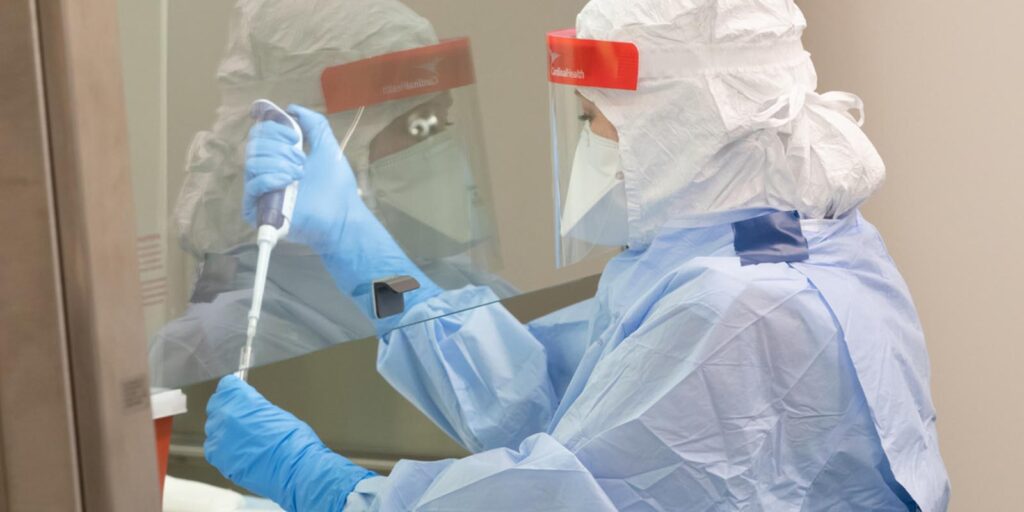
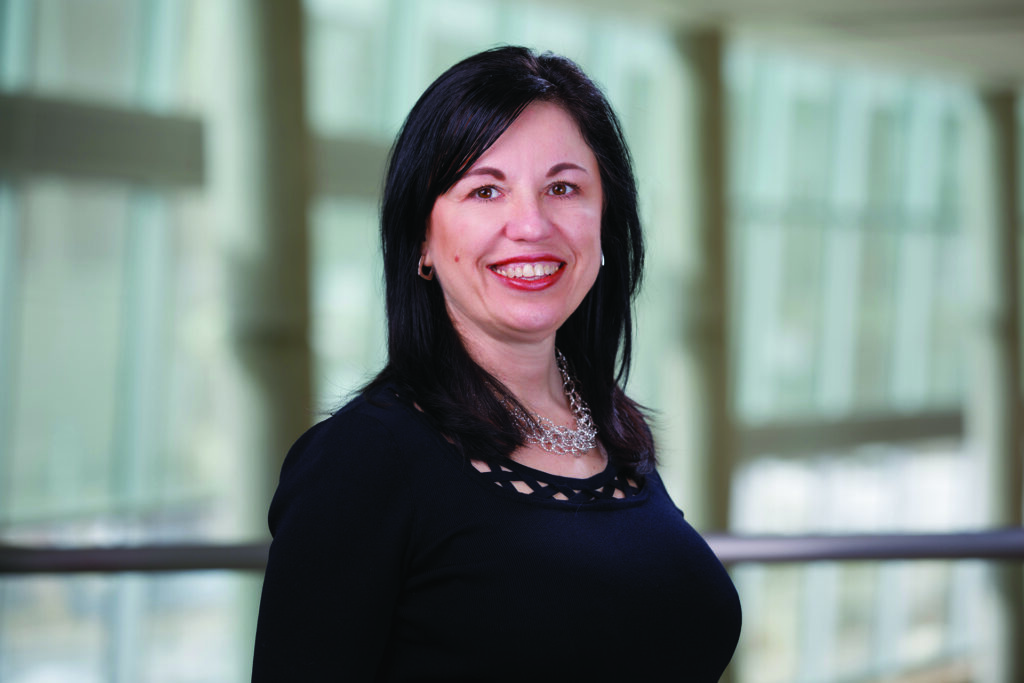
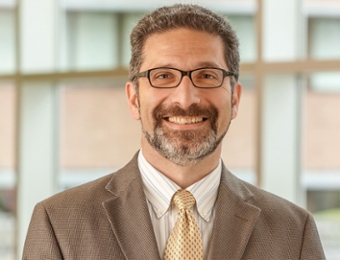

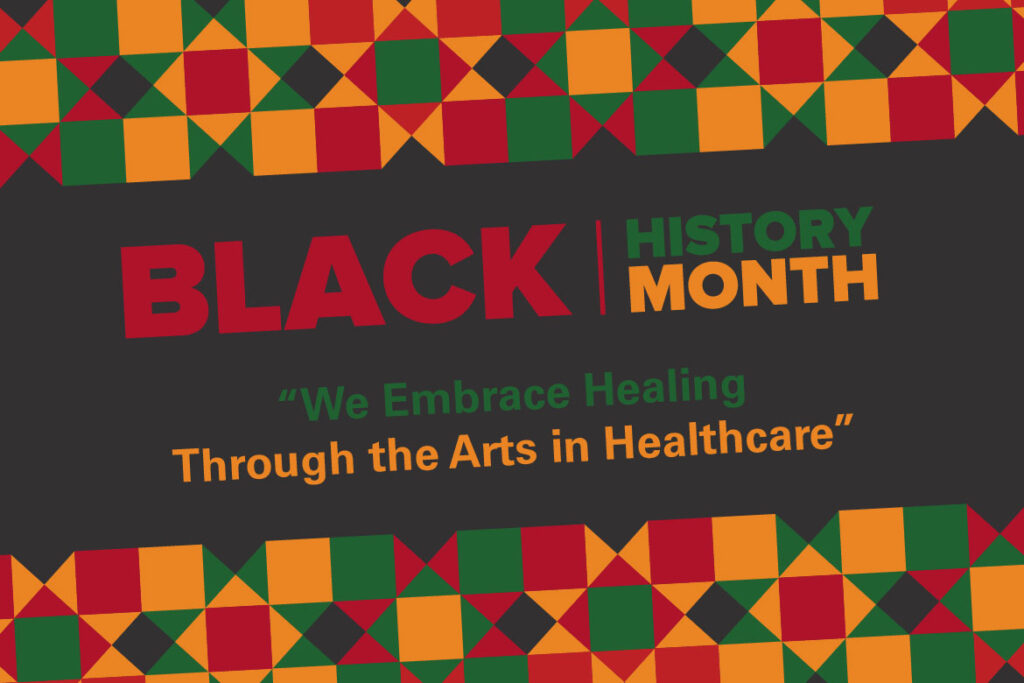

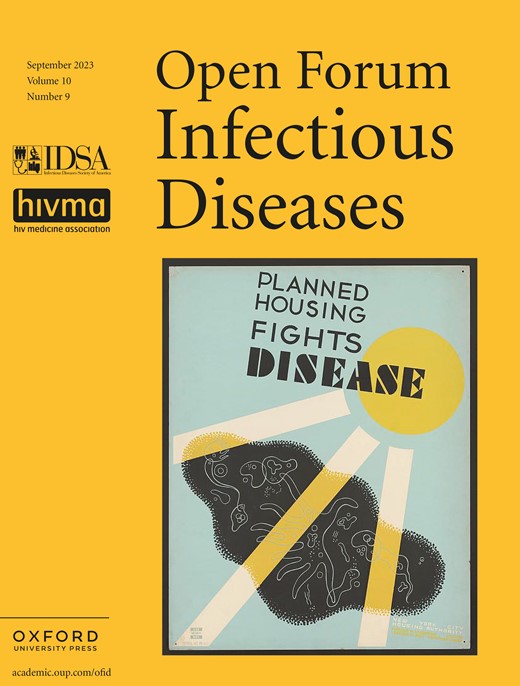
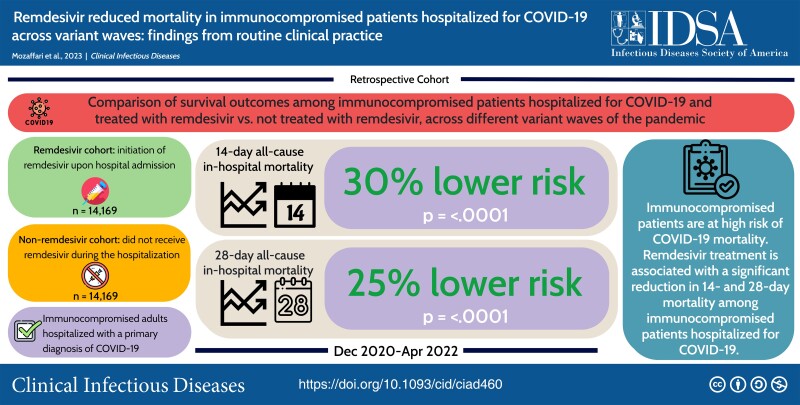
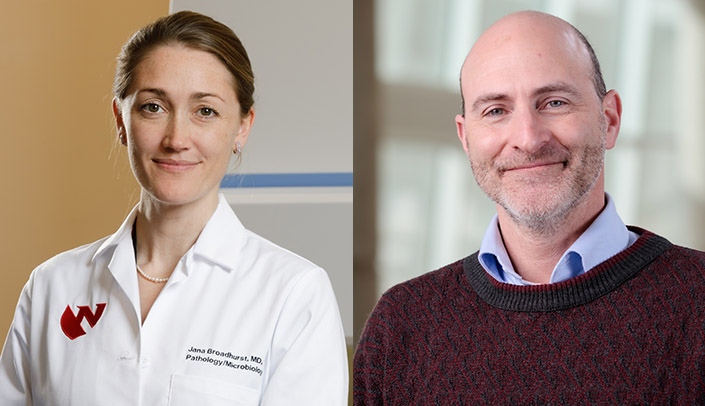
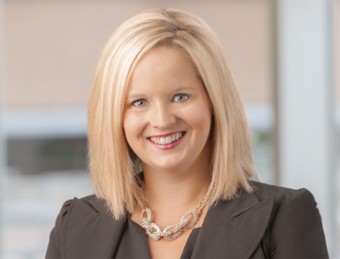


Recent Comments